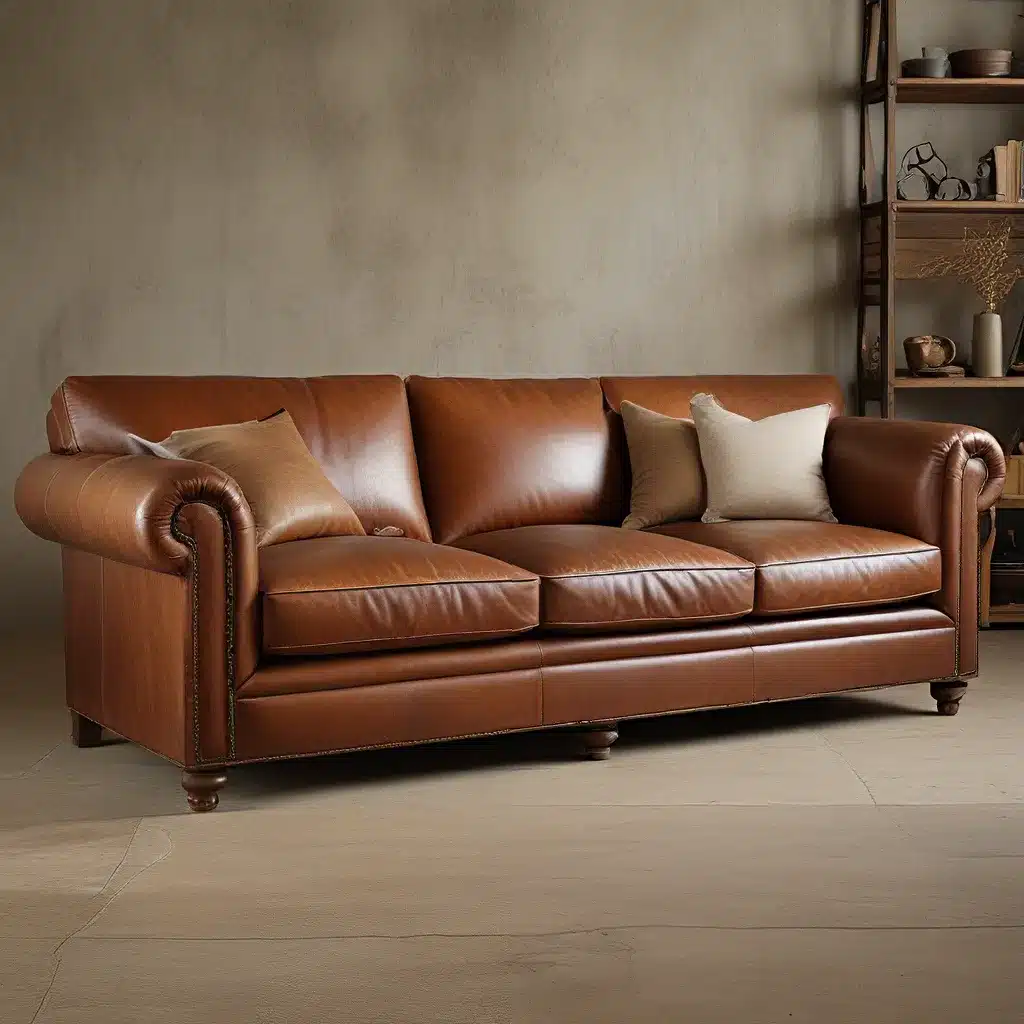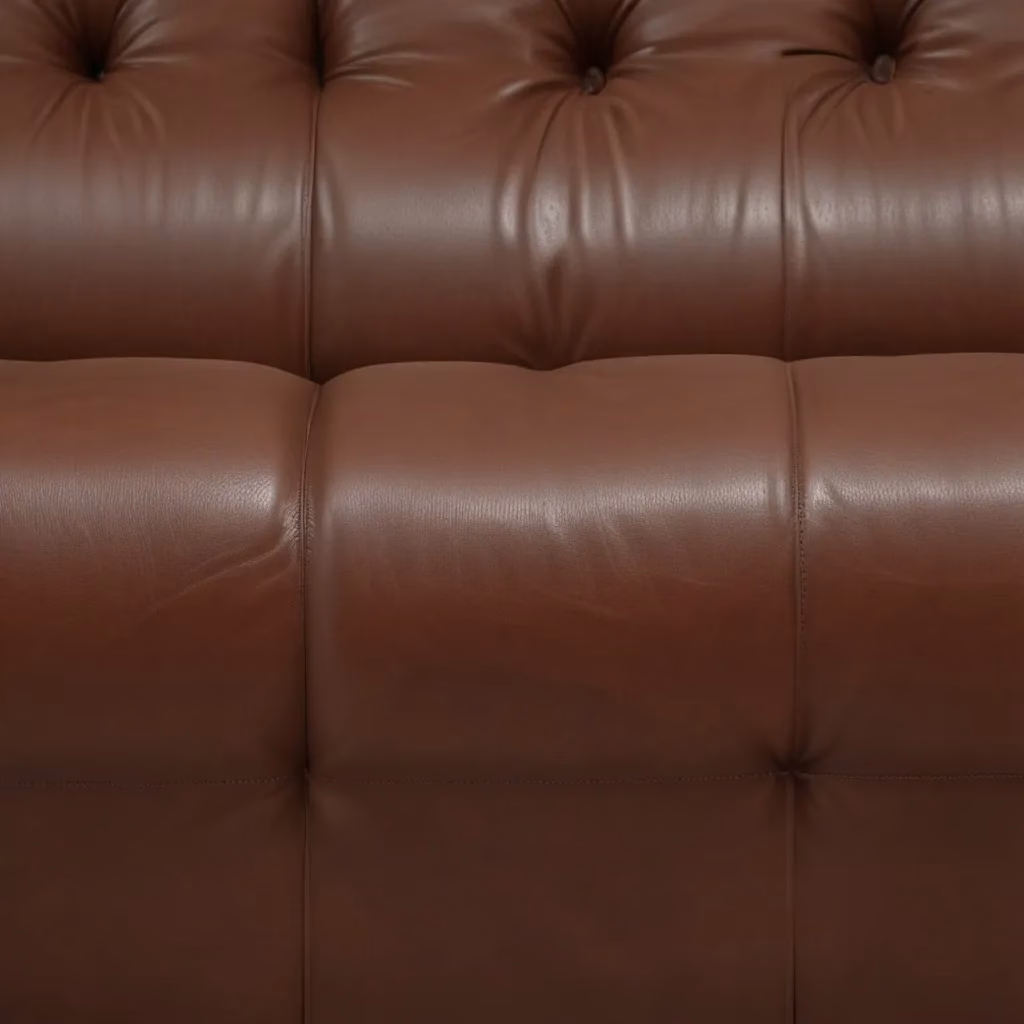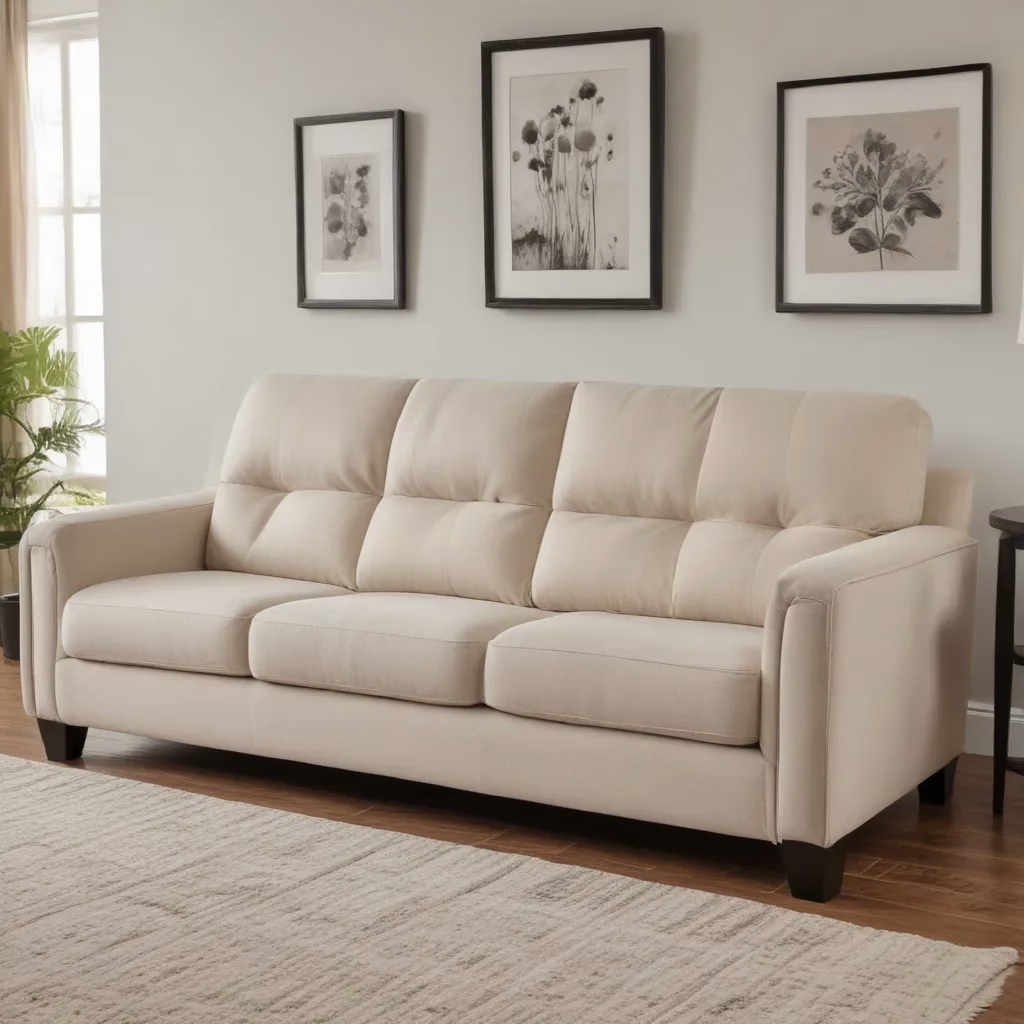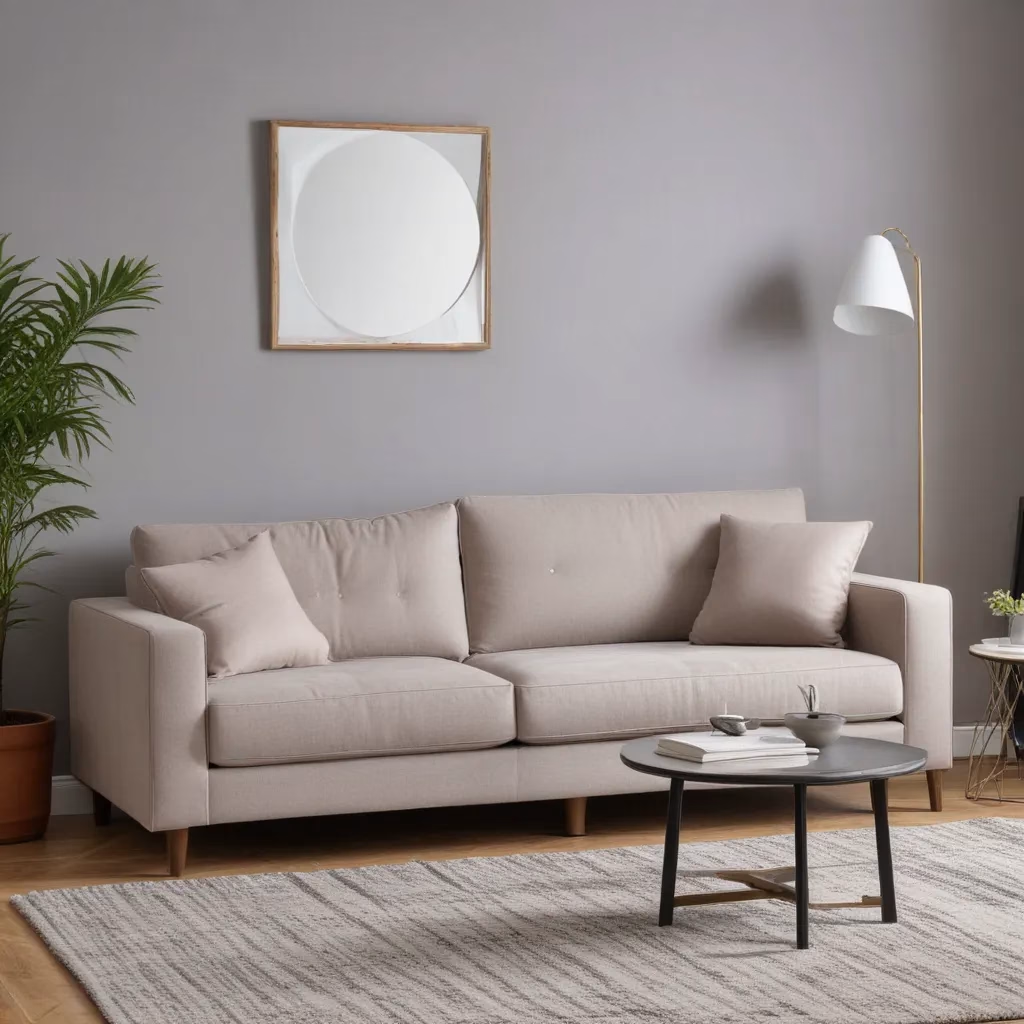
As an avid explorer of the world of leather, I’ve always been captivated by the allure of distressed leather. There’s just something about its rugged, worn-in appearance that speaks to the adventurer in me. The more I delve into this fascinating material, the more I realize it’s not just a trend – it’s a testament to the art of craftsmanship and the passage of time.
Let me take you on a journey through the intriguing realm of distressed leather, where each crease and mark tells a story of its own. From the patina that develops over the years to the techniques used to create that coveted vintage charm, I’ll share insights that will have you seeing this material in a whole new light.
Unraveling the Mystery of Distressed Leather
When I first encountered the term “distressed leather,” I have to admit, I was a bit perplexed. Why would anyone want something that’s been purposely distressed or aged? But as I dove deeper into the subject, the appeal became crystal clear. Distressed leather isn’t about something being worn out or damaged – it’s about a deliberate process that gives the material a unique, time-honored appearance.
The origins of distressed leather can be traced back to necessity and the natural aging process. Centuries ago, leather was a precious commodity used for everything from protective clothing to saddlebags. As these items were used and exposed to the elements, they would develop a patina – a natural wear and tear that people found aesthetically pleasing. Over time, leather craftsmen began to artificially age or “distress” the material to recreate that coveted vintage look.
The art of distressing leather is a meticulous process that requires patience, skill, and a deep understanding of the material. It all starts with selecting the right hide, often cowhide or goatskin, for its durability and distinctive texture. From there, the leather undergoes a tanning process, usually vegetable tanning, to enhance its strength and longevity.
The real magic happens during the distressing phase. Craftsmen employ a variety of techniques, including sanding, rubbing, and even the use of specific chemicals, to artificially age the leather and give it that coveted worn-in look. The goal is to create a natural-looking patina without actually having to wait for years of use.
Imagine setting off on an adventure, carefully crafting each mark and crease to tell a unique story. It’s a journey that’s as captivating as the final product itself. And the best part? You don’t have to be a leather artisan to get in on the action. With a bit of practice and the right tools, you can distress leather at home and give your creations a personal touch.
Distinctive Features of Distressed Leather
When I first laid eyes on a piece of distressed leather, I was immediately struck by its unique charm. But what exactly sets this material apart from other types of leather? Let’s explore the distinctive features that make distressed leather so special.
The most obvious characteristic is its aged, antique appearance. Unlike other forms of leather, distressed leather is intentionally aged or “distressed,” giving it a charmingly old and rustic vibe. Each crease, wrinkle, and mark adds to the story this material has to tell, making every piece truly one-of-a-kind.
But distressed leather isn’t just about good looks – it’s also about strength and durability. The material’s tough nature and ability to withstand wear and tear make it a perfect choice for products that are meant to last, from furniture to fashion accessories. And as it ages, distressed leather develops a beautiful patina, further enhancing its appeal and character.
Speaking of character, no two pieces of distressed leather are the same. The unique marks, color variations, and aging process give each item its distinct identity. So, when you own a product made from distressed leather, you’re not just purchasing an item – you’re acquiring a piece of history, a reflection of its own journey.
Sofa Spectacular offers a stunning collection of distressed leather sofas, where each piece is a testament to the art of craftsmanship and the passage of time. Imagine sinking into a deeply comfortable, yet visually striking sofa that only gets better with age. It’s an adventure in itself, one that I’m sure you’ll want to be a part of.
The Pros and Cons of Distressed Leather
As with any material, distressed leather has its own unique set of advantages and disadvantages. Let’s dive in and explore the various pros and cons, so you can decide if this is the right adventure for you.
Aesthetic Appeal: One of the most significant advantages of distressed leather is its unique vintage appearance. The rustic charm it carries is unparalleled and can add a touch of elegance to any product, whether it’s a jacket, a piece of furniture, or even a motorcycle accessory.
Durability: Distressed leather is renowned for its resilience. Its natural aging process makes it resistant to daily wear and tear, ensuring that the products made from it can last for years, if not decades.
Gets Better with Age: Much like a fine wine, distressed leather only gets better as it ages. Over time, it develops a distinctive patina that adds to its character and charm, making it a material that truly evolves with its owner.
Low Maintenance: Despite its high-end appeal, distressed leather doesn’t require meticulous upkeep. Occasional cleaning and conditioning are enough to keep it in good shape, making it a practical choice for those who value convenience.
Uniqueness: As mentioned earlier, no two pieces of distressed leather are the same. The unique marks, creases, and changes that occur over time make each item one-of-a-kind, adding to its appeal.
On the flip side, distressed leather also has a few drawbacks to consider:
Cost: The process of making distressed leather is time-consuming and labor-intensive, which can reflect in the cost. Products made of distressed leather may be more expensive than those made from other types of leather or synthetic materials.
Susceptibility to Scratches: While distressed leather is durable, it can be prone to scratches. However, many fans of distressed leather would argue that these add to its character over time.
Color Variation: Over time, distressed leather might darken due to exposure to sunlight and oils from our skin. Some might find this feature appealing, while others could see it as a disadvantage.
Weight: Compared to other leather types, distressed leather can be heavier. This could be a factor to consider when choosing items like bags or jackets.
Ultimately, the decision to embrace distressed leather comes down to personal preference. For those who value durability, unique aesthetic appeal, and a product that tells a story, distressed leather could be the perfect match.
The Versatility of Distressed Leather
Distressed leather is without a doubt one of the most versatile materials out there. With its unique aesthetics and hardy nature, it finds numerous applications in our daily lives, from the runways of fashion capitals to the cozy interiors of our homes.
The charm of distressed leather lies in its unique character and rustic appeal, and these qualities make it a popular choice for a variety of applications. Let’s explore some of the most common uses of this remarkable material.
In the fashion industry, distressed leather is a staple. Its vintage appearance and durable nature make it a fantastic choice for various fashion items, including jackets, boots, bags, and accessories. The resilience and patina of distressed leather are simply unmatched.
But distressed leather isn’t just for the fashion world. Its appeal extends to the realm of home decor as well. The material’s durability and aesthetically pleasing texture make it a popular choice for furniture, such as sofas, armchairs, and ottomans. It’s also a favorite for various home decor pieces, including wall hangings, cushions, and even lighting fixtures.
Distressed leather has also found its way into the world of motorcycle gear. Its resilience and the unique way it ages make it a preferred material for crafting motorcycle jackets, gloves, and even saddles. The rugged charm of distressed leather is the perfect companion for the open road.
Whether it’s a fashionable accessory, a cozy piece of furniture, or reliable motorcycle gear, distressed leather adds a touch of vintage class to it all. Its versatility is truly unparalleled, making it a material that’s cherished by adventurers, style enthusiasts, and home decor aficionados alike.
Identifying Genuine Distressed Leather
Recently, as I was strolling through a local market, a particular leather bag caught my eye. It boasted a rugged, worn-in look, promising durability and an unmatchable old-world charm. As an ardent fan of distressed leather, I was excited. But the question arose – was it genuine distressed leather?
In a market crowded with look-alikes and counterfeits, identifying authentic distressed leather is no easy task. Yet, with a keen eye and understanding of the unique characteristics, we can make this task less daunting. Let me share with you the key things to look for when determining if a leather product is genuinely distressed.
The texture of distressed leather is one of its most distinctive characteristics. When you run your fingers over it, you should feel a soft and supple surface, much like that of a well-worn glove. This tactile experience is what makes distressed leather so appealing and comfortable.
Another telltale sign is the scent. Genuine leather, including distressed leather, has a rich, earthy aroma that synthetic alternatives just can’t replicate. Take a deep breath, and if the scent is truly captivating, you’re likely dealing with the real deal.
The unique wrinkles, markings, and sometimes deliberate scratches on the surface of distressed leather are also a dead giveaway. These imperfections are what lend distressed leather its character and authenticity, and they can’t be easily replicated.
But perhaps the most fascinating aspect is how distressed leather gets better with age. It develops a patina, a surface sheen that occurs naturally over time, giving it a beautiful antique look. If your leather product becomes more attractive as it ages, it’s likely that you’re dealing with genuine distressed leather.
It’s crucial to bust some myths here. Many people confuse distressed leather with poor quality due to its worn appearance. But this couldn’t be further from the truth. The aging process is purposeful, adding character, not reducing durability.
Another common misconception is that any leather that looks old or weathered is distressed leather. It’s easy to get swayed by the vintage appeal, but remember, genuine distressed leather has a soft, supple feel. A faux piece might replicate the look, but it won’t match the tactile experience.
Recognizing authentic distressed leather is an art that combines knowledge, tactile experience, and a bit of intuition. It’s much like wine tasting – the more you practice, the better you get at it. So, the next time you come across a leather product with a beautiful patina or rugged charm, you’ll know the artistry and craftsmanship behind it.
Caring for Distressed Leather
Just like a cherished classic car or a well-loved novel, distressed leather demands some love and attention. After all, we’ve all experienced that pang of regret when a favorite leather bag or jacket starts losing its charm. But here’s the good news – with a little knowledge and some easy-to-follow steps, we can extend the life of our distressed leather items and keep their unique appeal intact.
Let’s dive into the world of leather care, starting with the art of cleaning distressed leather. It’s a crucial aspect of maintaining the charm of this fascinating material, but don’t worry – it’s not rocket science, and I’m here to guide you through the process.
First, let’s ensure you have everything you need: a soft, dry cloth, a mild leather cleaner, and a leather conditioner. Before the actual cleaning, give your distressed leather item a quick once-over to remove any loose dirt or dust. You can use a dry cloth or a soft brush for this.
Got a stubborn stain? Fret not! Gently blot it with a damp cloth, being careful not to rub too hard, as that might damage the material. Once the stains are tackled, it’s time for an overall cleaning. Ensure the leather is not saturated with water, and use a dry cloth to remove any excess moisture. Then, let your item air dry naturally, avoiding direct sunlight or heat, as these can cause discoloration or cracking.
Caring for distressed leather doesn’t stop at cleaning. Periodic conditioning is also crucial to maintain its unique charm and extend its lifespan. Treat your distressed leather items every 3-6 months with a quality conditioner. This helps keep the leather soft, enhances its natural patina, and protects against cracks.
It’s also important to avoid exposing your distressed leather to extreme conditions. Try to keep it out of direct sunlight or extreme cold, as these can cause discoloration or cracking. And for added protection, consider applying a leather-specific waterproofing product.
Proper storage is equally important as regular care to ensure the longevity of your distressed leather products. Store them in a well-ventilated area, away from direct sunlight, and maintain their shape by stuffing them with paper or bubble wrap. Don’t forget to condition them periodically, even during storage, to prevent drying out and cracking.
By following these simple steps, you can keep your distressed leather items looking their best, enhancing their charm and durability over time. It’s all about a little effort and the right products – and trust me, the results are more than worth it.
Distressed Leather vs. Goat Leather
In my years of dealing with distressed leather, I’ve come to see that its care isn’t as daunting as it seems. With a bit of effort and the right products, we can keep our distressed leather items looking great for years to come. But you know, it’s only fair we give some spotlight to goat leather too, which holds its own unique charm and attributes.
Let’s take a deep dive into how these two leather types compare, so you can make an informed decision on which one might be the perfect fit for you.
Firstly, let’s look at the texture. Goat leather, also known as chevre, is recognized for its pebbly grain and lightweight feel. It’s undeniably supple and flexible, making it an ideal choice for items requiring adaptability, like gloves and book covers. In contrast, distressed leather is thicker and stronger, boasting a weathered and rustic look that only gets better with age. This rugged charm is exactly why it’s favored in manufacturing sturdy goods such as jackets, boots, and furniture upholstery.
One might think the sturdiness of distressed leather compromises its comfort. Not true! It’s fascinating how distressed leather can provide both resilience and comfort, all while keeping that unique vintage aesthetic.
When it comes to maintenance, goat leather requires careful handling and more frequent conditioning, as it tends to dry out quicker. But hey, if you ask me, this isn’t too much of a hassle if you’re after that sleek, smooth look. Distressed leather, on the other hand, is somewhat low-maintenance and ages like fine wine, developing an attractive patina that enhances its character over time.
Now, let’s broaden the horizon and include other popular leather types, like cowhide leather. Celebrated for its toughness and longevity, it’s a reliable choice for heavy-duty items like motorcycle gear. But compared to distressed leather, it lacks the vintage allure and the ability to age so gracefully.
Then there’s pigskin leather, popular in the production of gloves and sportswear due to its breathable nature and durability. However, it falls short in offering the unique texture and time-worn appearance that distressed leather proudly boasts.
And let’s not forget suede, renowned for its soft, velvety feel. While undeniably elegant, suede lacks the strength and water resistance that **distressed leather



